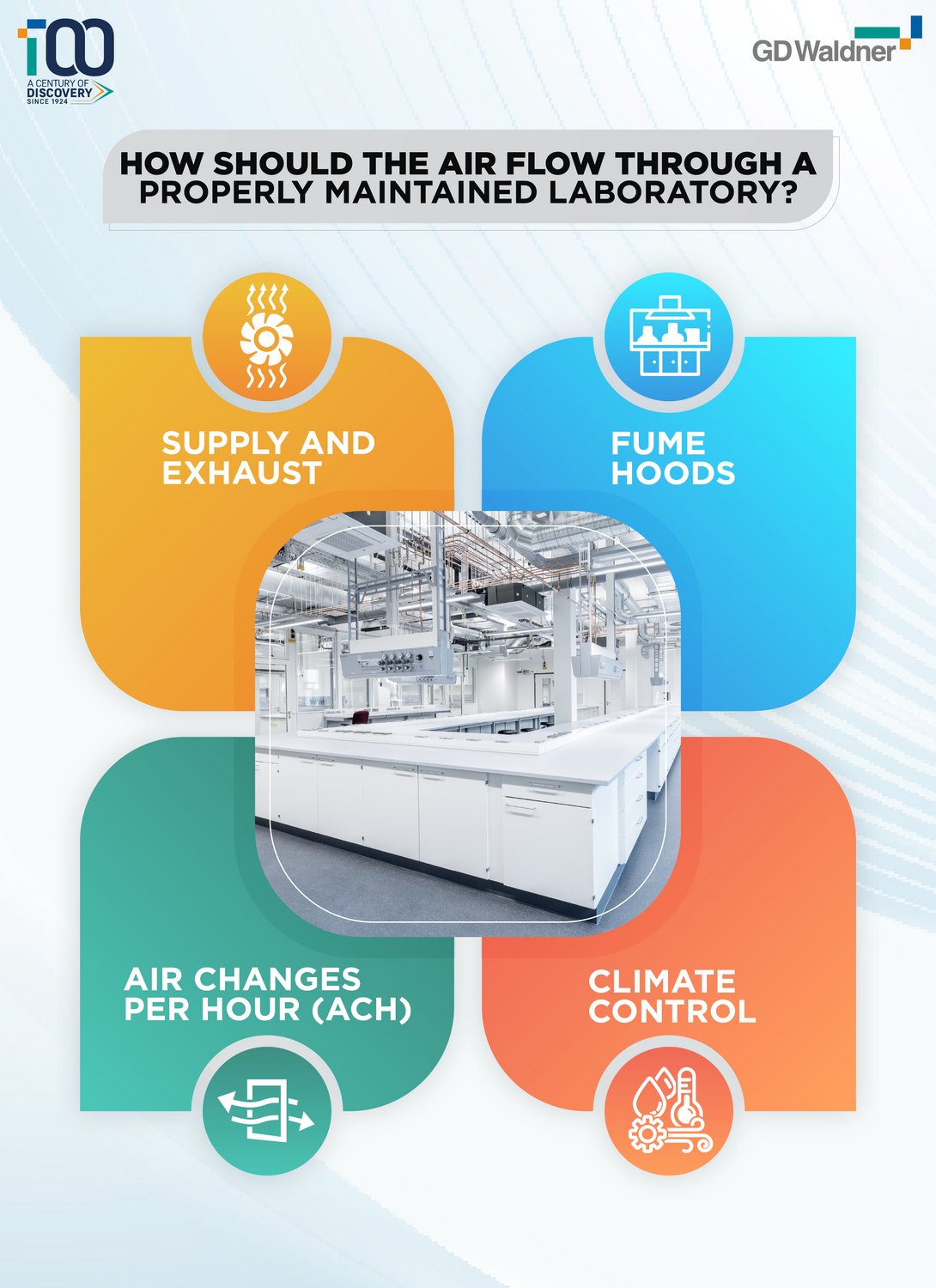Have you ever considered the critical role that airflow plays in laboratory safety? Frequently overlooked, the dynamics of air circulation within a laboratory are not merely about comfort or energy efficiency; rather, they constitute a pivotal element in upholding a secure, hygienic, and efficient working environment.
Explore the specific guidelines for ensuring proper airflow in a well-maintained laboratory:
1. General to Specific: In broad strokes, airflow in a lab should move from less hazardous to more hazardous areas. This ensures that contaminants generated in more hazardous areas are not spread to cleaner, less hazardous areas.
2. Supply and Exhaust: For fume hoods to perform well, you must have mechanical ventilation systems for both exhaust and supply. Fresh air should be supplied from vents positioned to minimize disturbances to sensitive processes, while exhaust vents, often located near the ceiling, capture and remove air contaminants. While we generally want the lab under slight negative pressure, that means that the supply air coming into the lab needs to be almost the same as the amount of exhaust that is being taken out. This also has to do with ACH.
3. Fume Hoods: These are your front-line defence against airborne hazards. Fume hoods capture and vent off harmful fumes, and the airflow inside them should be smooth and consistent, flowing into the hood and away from the user. Air is a fluid and behaves like water. Where water runs downhill, air flows from high-pressure areas to low-pressure areas. So inside the fume chamber, needs to have the lowest pressure of anywhere in the room so it will draw room air in.
4. Air Changes Per Hour (ACH): This is a measure of how often the air in a room is replaced. The appropriate ACH for your lab will depend on the type of work being done, but a common standard is 6-12 air changes per hour. Since the ACH impacts the overall dilution in the lab, you should look at the risks when determining the desired ACH. This should be done before deciding how to set up the hood.
5. Climate Control: Finally, remember that temperature and humidity can also affect airflow and air quality. Your lab should be designed to maintain a consistent climate that is conducive to your work. So, that’s the lowdown on how air should flow in your lab. Getting this right is a bit of a science in itself, but it’s well worth the effort. A well-ventilated lab is a safer, more efficient lab.

